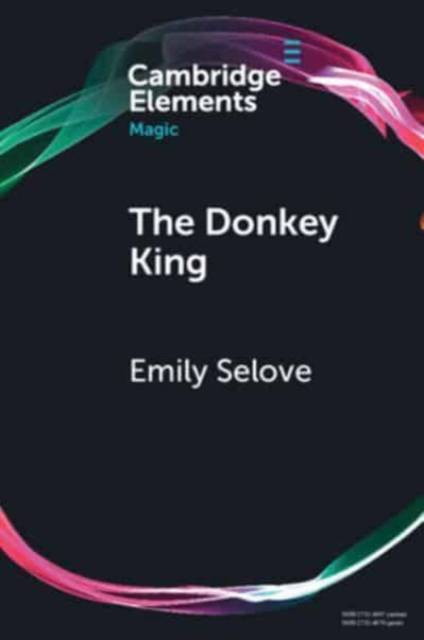
- Afhalen na 1 uur in een winkel met voorraad
- Gratis thuislevering in België vanaf € 30
- Ruim aanbod met 7 miljoen producten
- Afhalen na 1 uur in een winkel met voorraad
- Gratis thuislevering in België vanaf € 30
- Ruim aanbod met 7 miljoen producten
Zoeken
Omschrijving
The 13th-century Arabic grimoire, al-Sakkākī's Kitāb al-Shāmil (Book of the Complete), provides numerous methods of contacting jinn. The first such jinn described, Abū Isrā'īl Būzayn ibn Sulaymān, arrives with a donkey. In the course of offering an explanation for his ritual, this Element reveals the double-sided nature of asinine symbology, and explains why this animal has served as the companion of both demons and prophets. Focusing on two nodes of donkey symbology--the phallus and the bray-it reveals a coincidentia oppositorum in a deceptively humble and comic animal form. Thus, the donkey, bearer of a demonic voice, and of a phallus symbolic of base materiality, also represents transcendence of the material and protection from the demonic. In addition to Arabic literature and occult rituals, the Element refers to evidence from the ancient Near East, Egypt, and Greece, as well as to medieval Jewish and Christian texts.
Specificaties
Betrokkenen
- Auteur(s):
- Uitgeverij:
Inhoud
- Aantal bladzijden:
- 74
- Taal:
- Engels
- Reeks:
Eigenschappen
- Productcode (EAN):
- 9781009074933
- Verschijningsdatum:
- 21/12/2023
- Uitvoering:
- Paperback
- Formaat:
- Trade paperback (VS)
- Afmetingen:
- 152 mm x 229 mm
- Gewicht:
- 108 g

Alleen bij Standaard Boekhandel
+ 63 punten op je klantenkaart van Standaard Boekhandel
Beoordelingen
We publiceren alleen reviews die voldoen aan de voorwaarden voor reviews. Bekijk onze voorwaarden voor reviews.











